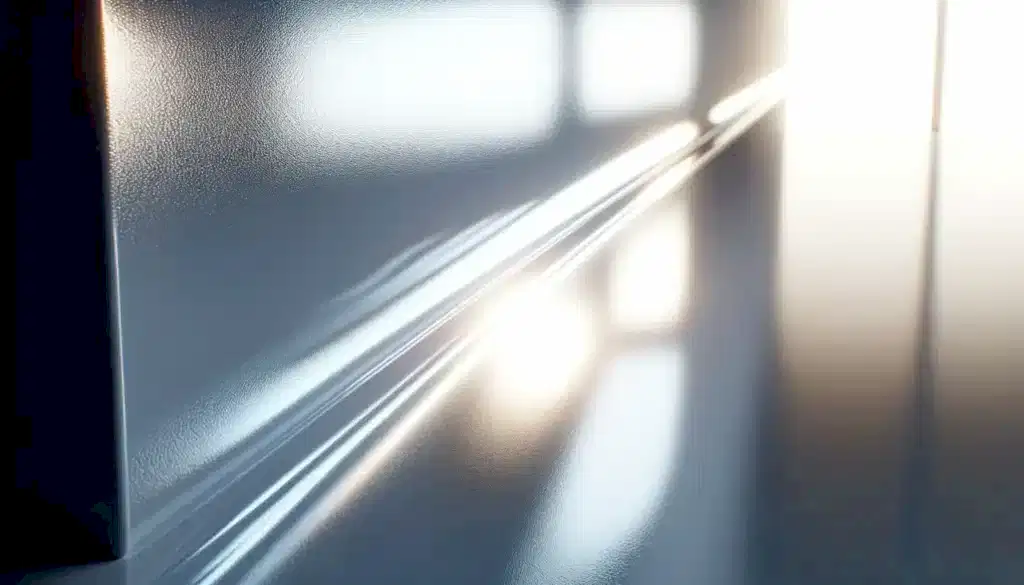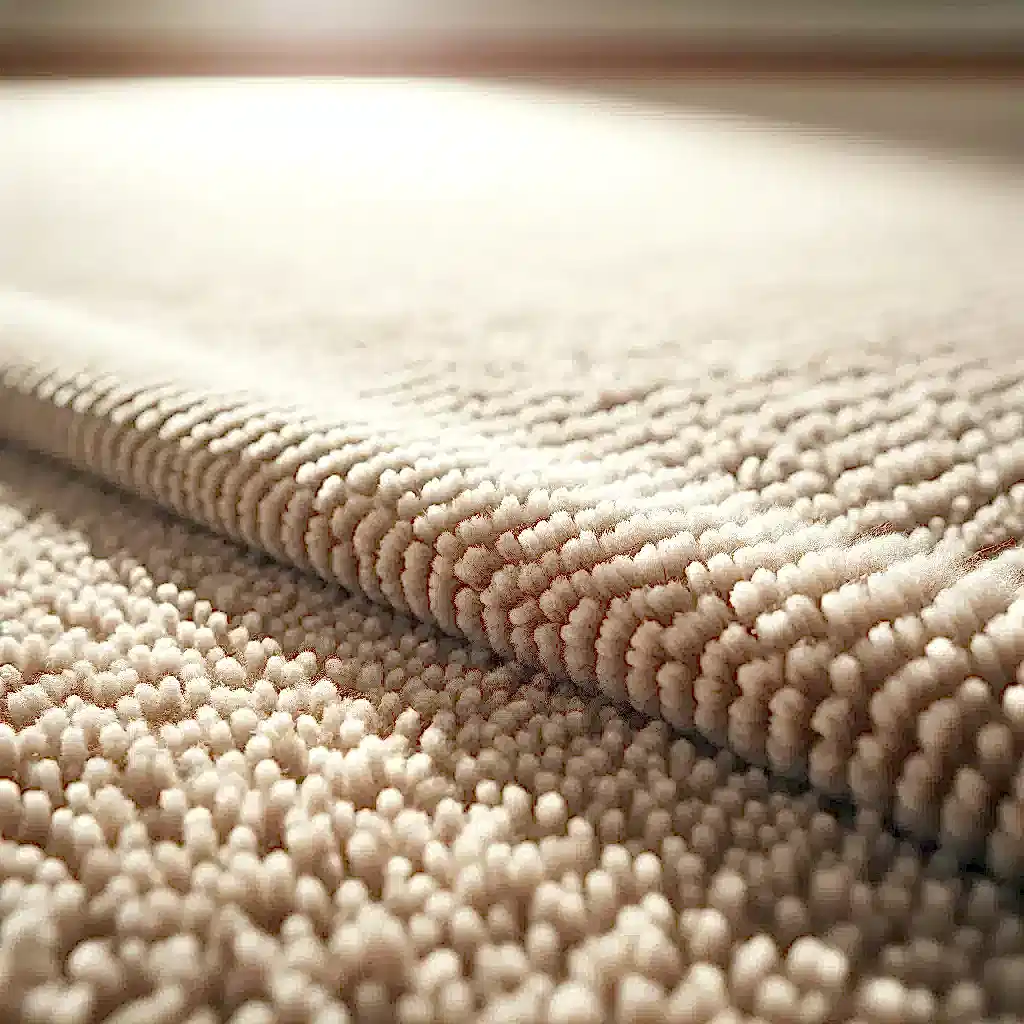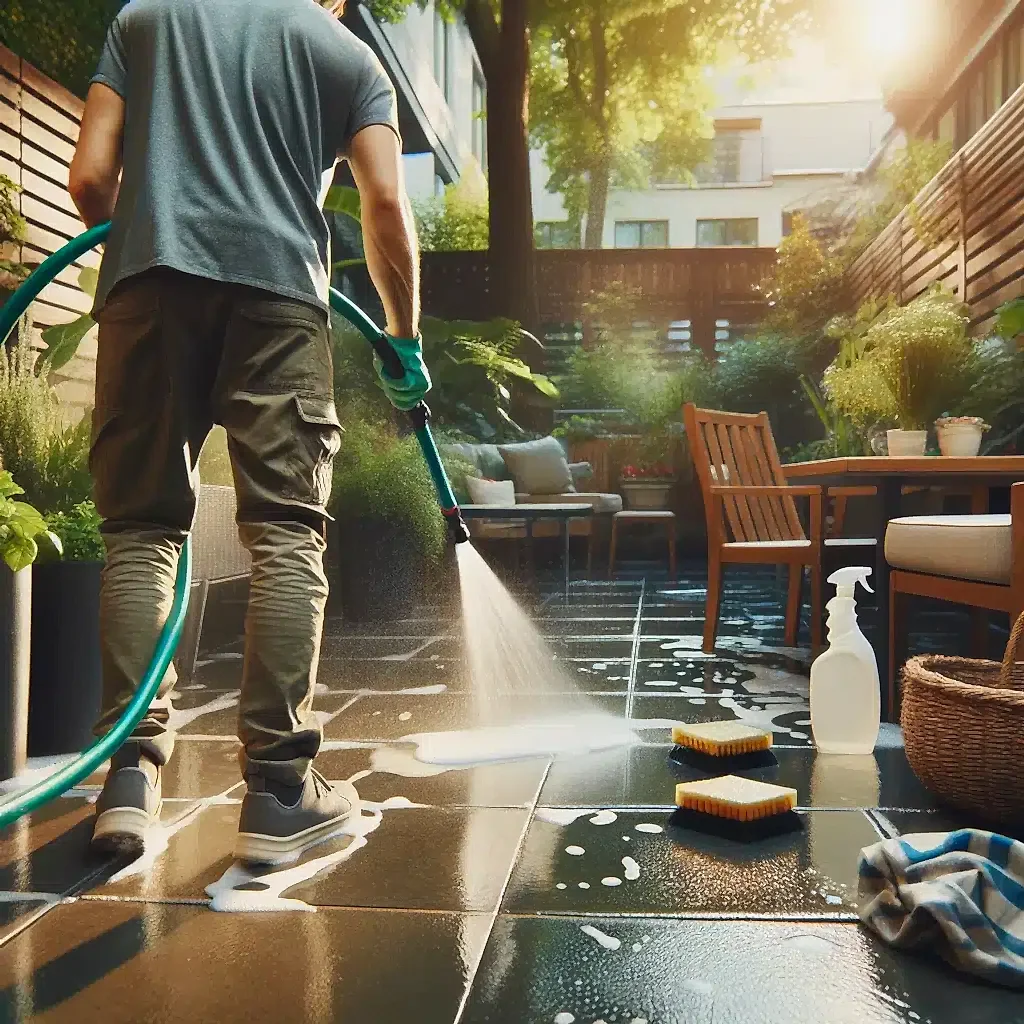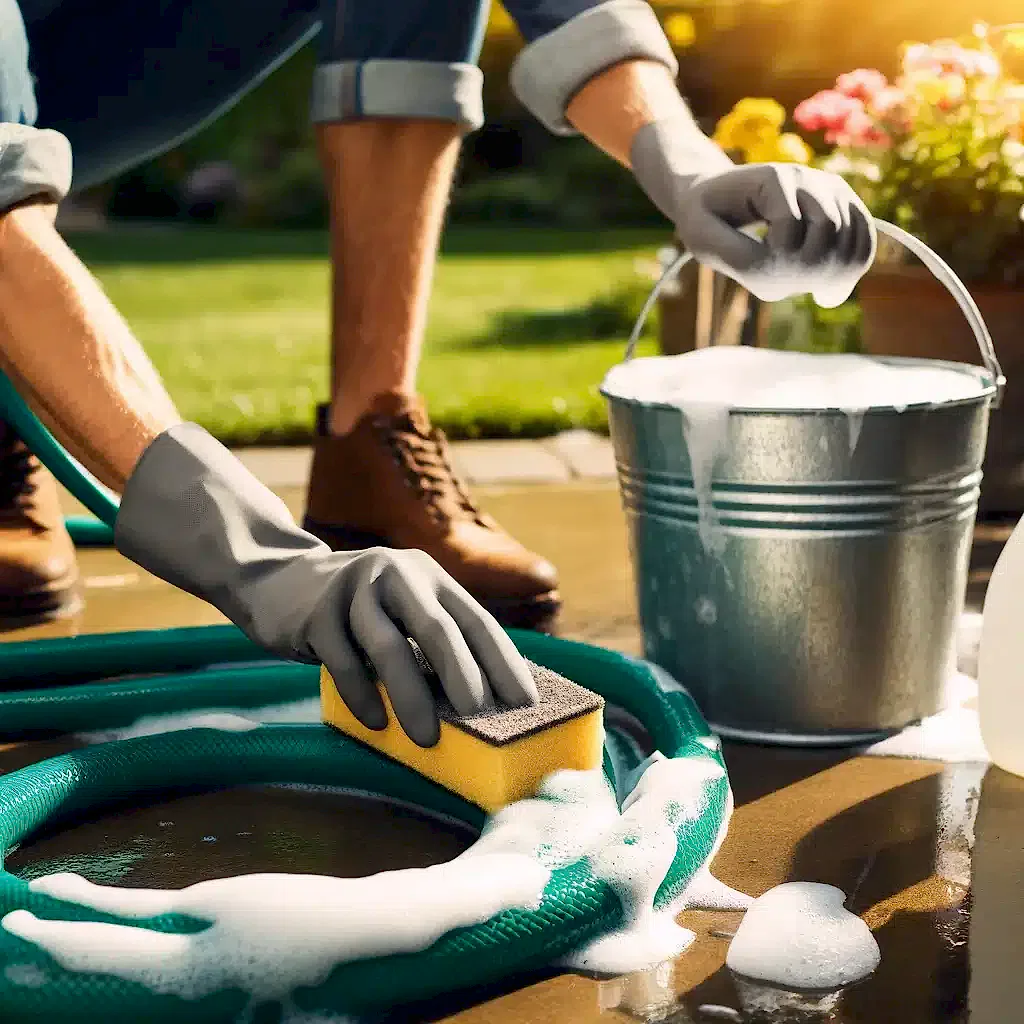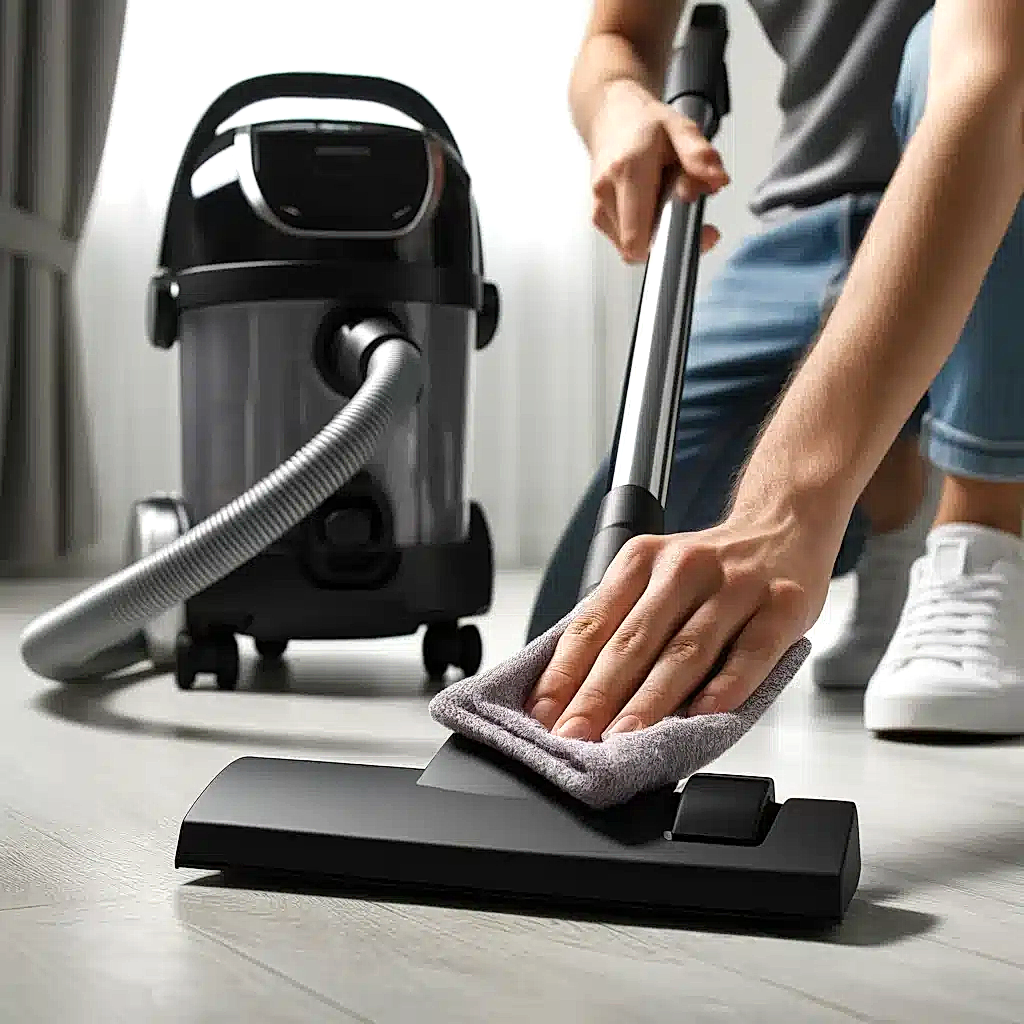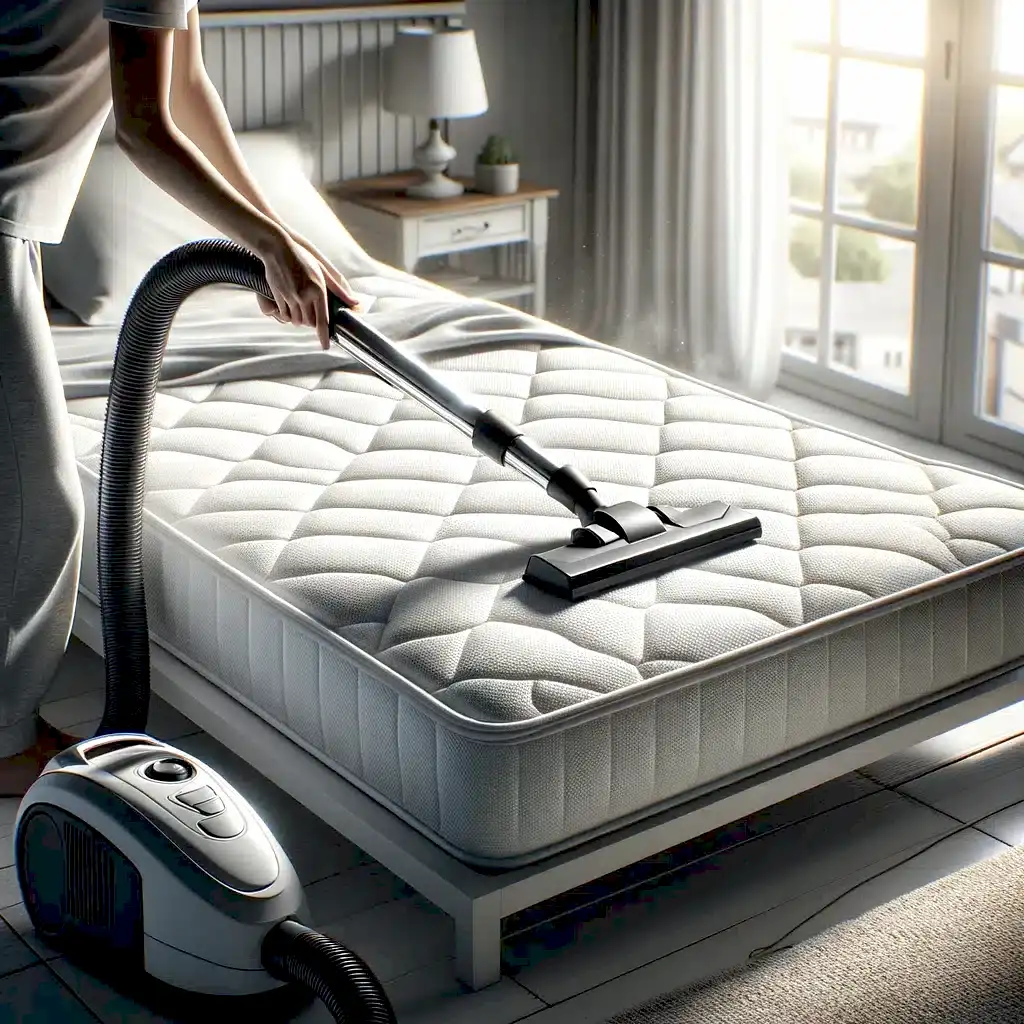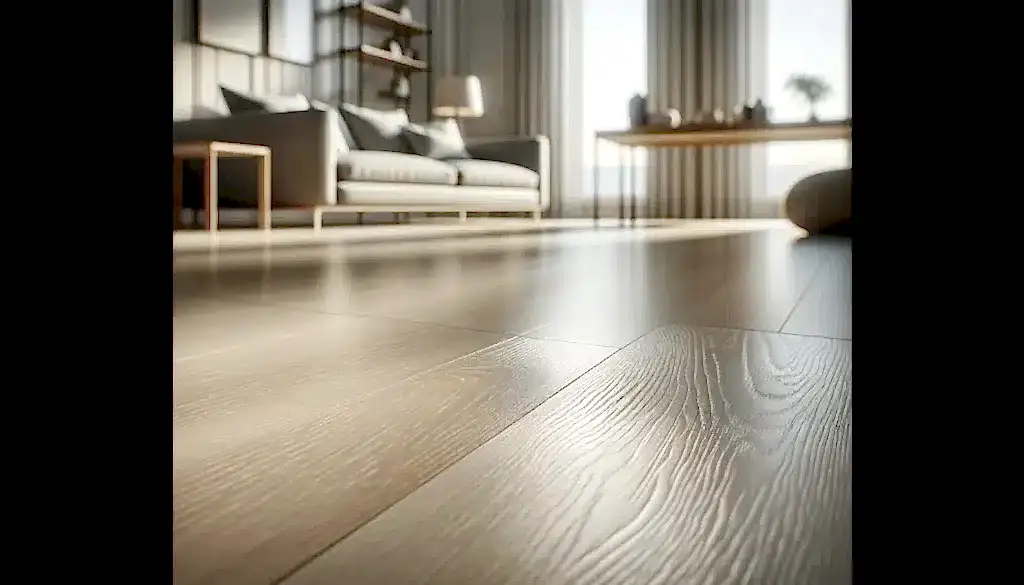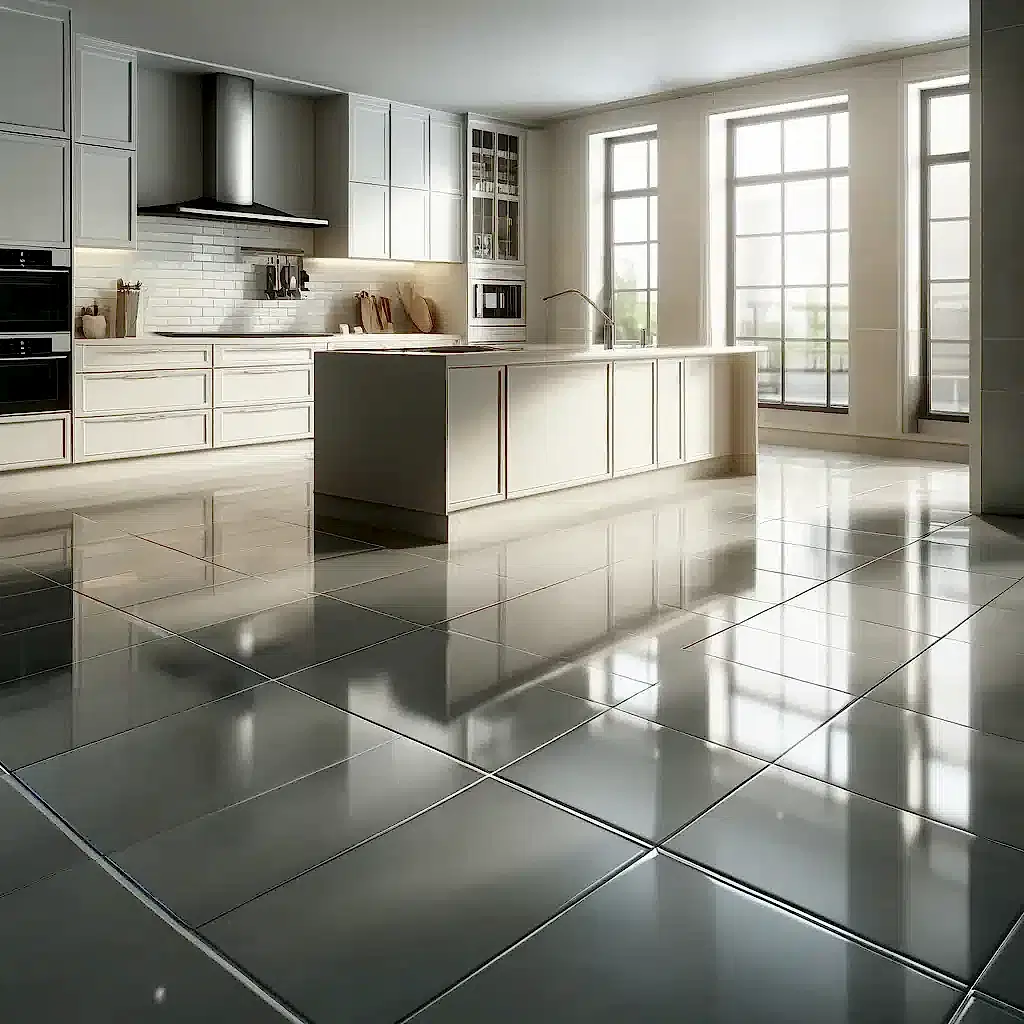How to Easy Clean Walls in Mississauga: Top 5 Tips for Spotless Walls
Keeping your walls in Mississauga clean is essential for maintaining a fresh and inviting home environment. Whether you’re preparing for a special occasion or just doing routine maintenance, knowing how to clean walls effectively can make a big difference. If you’re in Mississauga and looking for the best ways to keep your walls spotless, we’ve got you covered! Here are the top 5 tips on how to clean walls in Mississauga. 1. Gather Your Cleaning Supplies Before diving into cleaning, it’s essential to gather the right cleaning supplies. This preparation step is crucial to ensure that you have everything you need to effectively clean your walls in Mississauga. Start by grabbing a soft sponge or a microfiber cloth, which are gentle on surfaces and excellent for lifting dirt without causing damage. A bucket is necessary for mixing and carrying your cleaning solutions, while mild detergent or dish soap will help in cutting through everyday grime and stains. White vinegar is a must-have for tougher spots and greasy residues, as its natural acidity makes it an effective cleaning agent. Baking soda is another valuable addition to your cleaning arsenal, perfect for creating a gentle abrasive paste to tackle stubborn marks without scratching the paint. A soft-bristled brush can be very useful for scrubbing areas that need a bit more attention, especially textured surfaces or corners that collect more dirt. Don’t forget to have plenty of towels or rags on hand for drying and buffing your walls to a perfect finish. If you’re dealing with high spots, a sturdy step ladder will help you reach every area safely. By ensuring you have all these supplies ready, you can approach the task of cleaning your walls in Mississauga with confidence and efficiency, making the process smoother and more manageable. 2. Dust and Vacuum First To ensure your walls in Mississauga are thoroughly cleaned, begin by removing any dust or cobwebs that have accumulated. This initial step is crucial because it prevents dust from turning into grime when you start washing the walls. Using a vacuum with a brush attachment is highly effective for this task. The brush attachment is gentle on the wall surface and efficiently lifts off dust and loose particles, preparing your walls for a more detailed cleaning process. For those hard-to-reach areas, especially the higher spots, a duster with an extendable handle is invaluable. This tool allows you to reach every corner without straining yourself or risking injury by climbing on furniture. Ensuring that all dust and cobwebs are removed not only makes the cleaning process more effective but also enhances the overall appearance of your home by eliminating those unsightly webs and dust layers. By thoroughly dusting and vacuuming your walls in Mississauga before washing them, you set the stage for a deeper clean. This preparatory step ensures that when you apply cleaning solutions, they can penetrate and remove stains and dirt more effectively. This way, you avoid creating a muddy residue that can occur if dust and dirt are mixed with water. 3. Test Your Cleaning Solution Before applying any cleaning solution to the entire wall, it’s essential to test it on a small, inconspicuous area. This precautionary step is crucial when cleaning walls in Mississauga, as it helps prevent any unexpected damage or discoloration to your wall paint. Start by mixing a small amount of mild detergent with warm water. Dip your sponge into the mixture and gently scrub a hidden spot, such as behind a piece of furniture or a low corner. Observing how your wall reacts to the solution will give you peace of mind and allow you to proceed with confidence. For more stubborn stains that the mild detergent solution doesn’t tackle, consider creating a paste using baking soda and water. Baking soda is a gentle yet effective abrasive that can lift tough stains without harming the paint. Apply this paste directly to the stain and let it sit for a few minutes to break down the grime. After it has had time to work, gently scrub the area with your sponge or a soft-bristled brush. This method can be particularly useful for dealing with marks from hands, scuffs, or other persistent spots that are common on walls in Mississauga homes. Conducting this test not only protects your walls but also ensures that the cleaning process will be as effective as possible. By confirming the safety and efficiency of your cleaning solution, you avoid the risk of larger-scale damage and can be assured that the products you’re using will achieve the best results. This step is especially important if your walls have a unique finish or older paint, as it ensures compatibility and maintains the integrity of your home’s interior. 4. Clean from Bottom to Top When tackling the task of cleaning your walls in Mississauga, it’s essential to employ the right techniques to ensure a streak-free finish. One effective method is to start cleaning from the bottom of the wall and work your way up. This approach is particularly useful because it prevents streaks that can occur if dirty water drips down onto already cleaned sections. By moving upward, you can easily catch any drips and maintain a consistently clean surface. Using a sponge or cloth dampened with your chosen cleaning solution, gently wipe the wall in a circular motion. This technique not only helps in lifting dirt and grime but also avoids the harshness of scrubbing in a single direction, which can sometimes damage the paint. The circular motion ensures that you cover all areas evenly, leaving no part of the wall untouched. When cleaning walls in Mississauga, where homes often face diverse environmental factors, this thorough method is particularly beneficial. For areas that have accumulated grease or more persistent stains, adding a bit of white vinegar to your cleaning solution can make a significant difference. Vinegar is a natural cleaner that cuts through grime effectively, leaving your walls looking fresh and revitalized. Simply mix it with
How to Easy Clean Walls in Mississauga: Top 5 Tips for Spotless Walls Read More »
